The Mathematics of Money Management: Risk Analysis Techniques for Traders
$27.40
| Author(s) | |
|---|---|
| Pages |
109 |
| Format |
|
| Publication Year |
1992 |
The Mathematics of Money Management substitutes precise mathematical modeling for the subjective decision-making processes many traders and serious investors depend on. Step-by-step, it unveils powerful strategies for creating and using key money management formulas -based on the rules of probability and modern portfolio theory- that maximizes the potential gains for the level of risk you are assuming.
Author’s Introduction:
I wrote in the first sentence of the Preface of Portfolio Management Formulas, the forerunner to this book, that it was a book about mathematical tools. I have written this as a book to be utilized by traders in the real-world marketplace. I am not an academic. My interest is in realworld utility before academic pureness. Furthermore, I have tried to supply the reader with more basic information than the text requires in hopes that the reader will pursue concepts farther than I have here.
This is a book about music theory, not a how-to book about playing an instrument. Likewise, this is not a book about beating the markets, and you won’t find a single price chart in this book. Rather it is a book about mathematical concepts, taking that important step from theory to application, that you can employ. It will not bestow on you the ability to tolerate the emotional pain that trading inevitably has in store for you, win or lose.
This book will teach you about risk management. Very few traders have an inkling as to what constitutes risk management. It is not simply a matter of eliminating risk altogether. To do so is to eliminate return altogether. It isn’t simply a matter of maximizing potential reward to potential risk either. Rather, risk management is about decisionmaking strategies that seek to maximize the ratio of potential reward to potential risk within a given acceptable level of risk.
Contents:
- The Empirical Techniques
- Characteristics of Fixed Fractional Trading and Salutary Techniques
- Parametric Optimal f on the Normal Distribution
- Parametric Techniques on Other Distributions
- Introduction to Multiple Simultaneous Positions under the Parametric Approach
- Correlative Relationships and the Derivation of the Efficient Frontier
- The Geometry of Portfolios
- Risk Management
The Mathematics of Money Management: Risk Analysis Techniques for Traders By Ralph Vince pdf
13 reviews for The Mathematics of Money Management: Risk Analysis Techniques for Traders
Clear filtersOnly logged in customers who have purchased this product may leave a review.

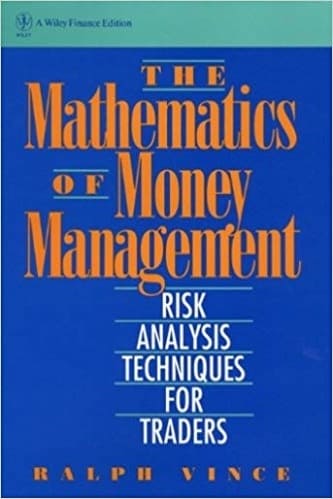
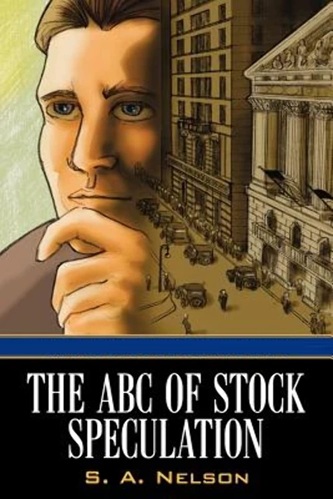
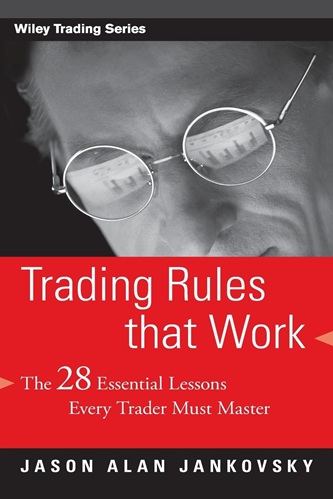

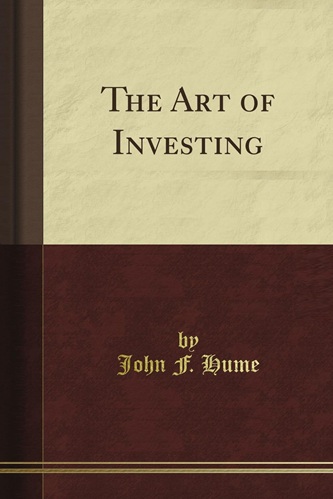
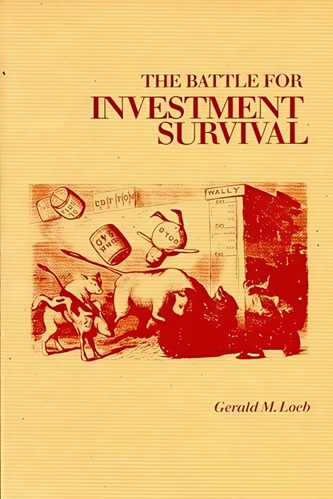
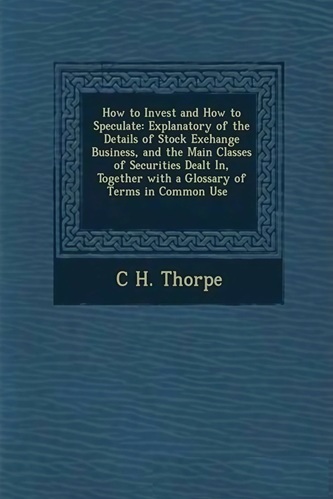
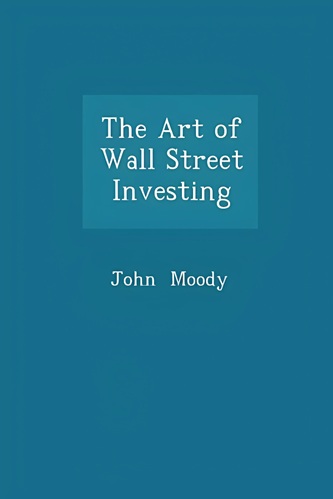

Lyanna Casey (verified owner) –
this book it very heavy reading and not for people who cant get there heads round the maths, there is a wealth of information and different angles to money management… if you can handle the maths id recommend this, but a successful trader needs a to be a good mathematician. as some one who has just turned successful at trading id recommend every book you can get your hands on tho… if the no good just bung em back on sacred traders…
Arabella Stuart (verified owner) –
Excellent book
Simon Tran (verified owner) –
It came on time and looks great!
Carson Pierce (verified owner) –
The book delivers a good and detailed description of the money management, portfolio issues and much more. Recommended !
Dion Stein (verified owner) –
The book is well written, reflecting level of education. The author is no dummy.
However, the community is better served to realize that there is a divide between Modern Portfolio Theory, followers of quantitative methods ad infitum, and those followers of Practical Portfolio Theory, who are more or less followers of the Edwards & Maggee/Wyckoff schools of trading thought.
My recommendation is to identify to which school of thought you belong and simply lay to rest the other quack books that come along.
Raven Stark (verified owner) –
The book is way too verbose for its topic. The book also does not present much empirical evidence in support of the “risk analysis techniques”. Furthermore the mathematics involved seems very convoluted for no reason at all.
Madelyn Wood (verified owner) –
Vince’s work is the very best available for the topic of money management in futures trading. If you have ever wondered how many futures contracts you should buy to optimize account growth, what the maximum downside risk is and how to control damage then this book is a must for your trading library. The book is mathematically oriented but if you invest the time to really understand it your ability as a money manager will greatly increase. A must for any serious trader!
Kristopher Roach (verified owner) –
Ralph Vince is a good teacher, good lecturer who it seemed to be capable of making decent money in an ideal market scenario where there is no transaction fees, no liquidity risk and bad things happen to an amount that you can “manage” them. If you manage money like him in a real world then you go bankrupt very quickly.
Mohamed Kemp (verified owner) –
Set aside all your pre-concieved notions of money management being about risk/reward. Whilst it is definately a good idea to keep r&r in mind, it’s not very mathematically defined. Everything Ralph Vince presents in this book is applicable to trading at an optimal level (for maximum gains).
He begins the book by reviewing the concept presented in his previous book on empiral optimal f. This serves as a primer to the coming chapter where the idea of parametric optimal f is detailed, allowing any trader (even without empiral data) to determine his/her optimal quantity to trade. Vince makes a clear distinction between the classical portfolio theory of defining optimal weights, with the notion in mind that optimal quantity and optimal weights are different for leveraged accounts. Following on from parametric optimal f, we are introduced to the ‘optimal of the optimal’ theory where he combines optimal f with modern portfolio theory (markowitz e-v theory) to obtain a construction for an unconstrained geomtrically optimal portfolio. Vince discusses the Black-Scholes Options Pricing Mode, and the Black Futures Option Pricing Model, among other things to incorporate into his framework for this ‘optimal of the optimal’ portfolio.
This is definately not a book that can be read in a few days, unlike the majority of books I’ve encountered on trading. It would serve the reader best if he/she were to summarise the ideas Vince presents, along with following what he is doing by creating their own statistical representations (in Excel, Minitab,… though this did pose a problem because some ideas are very challenging to formulate into a statistical package). Finally I thought that I should point this out – I am quite confident in the fact that Vince makes a mistake with one of his partial derivatives in the introductory chapter on E-V Theory (when employing the Lagrange method).
Armando Burke (verified owner) –
While there is little that I can add to the reviews already posted I would add to the reviews titled ‘Not for the Innumerate’ and ‘Not for the Risk Adverse’ a tongue in cheek title of ‘Not for the Stupid’, which is who some of these negative reviews would seem to written by.
This book contains some real gems, but you have to actually do some work in order to realize just how clever Mr Vince really is. Sadly the negative reviewers can not grasp that and of course neither can they grasp what they are missing.
Keaton Rogers (verified owner) –
This book must have been the best I’ve red on money management (position sizing). The author illustrates in a mathematical way how we can maximize the growth of our equity using his optimal f* formula. I think most people with a basic background in mathematics (and statistics) can understand the explenation on how optimal f* is determined and how we can calculate it. The math behind isn’t that complicated (it’s actually all sumarized in his equation 1.13 on page 31).
For the people having trouble to apply this method on backtested results, I advise Thomas Stridsman his book (How to build winning trading systems). He illustrates how to do this in MS Excel.
I’m currently using his optimal f* as a method to determine the maximum portfolio heat for my trading systems, but not immediatly applying it to position size al my entry orders. You can also use the f* to score your trading system.
Definitly advised to people with an interest in money management for trading systems.
Anika Savage (verified owner) –
Excellent
Leilany Franklin (verified owner) –
The book make me headach coz i try to understand what is the formula come from and how to use it for the best investment my port ^^